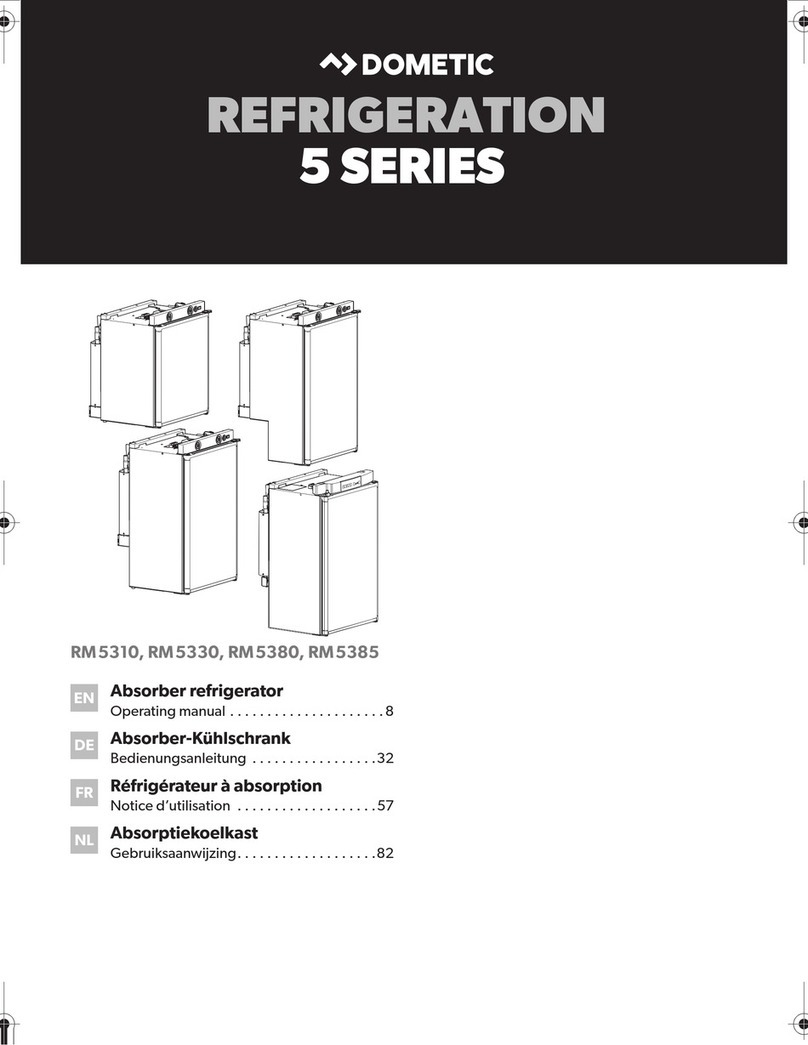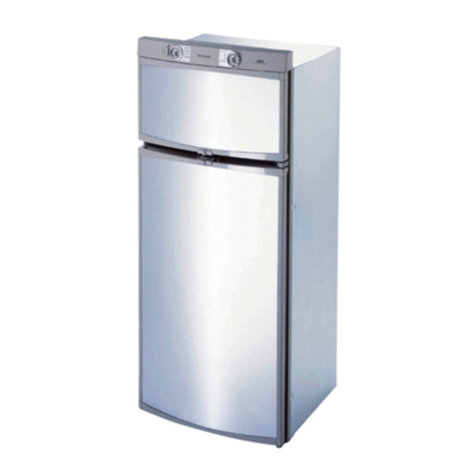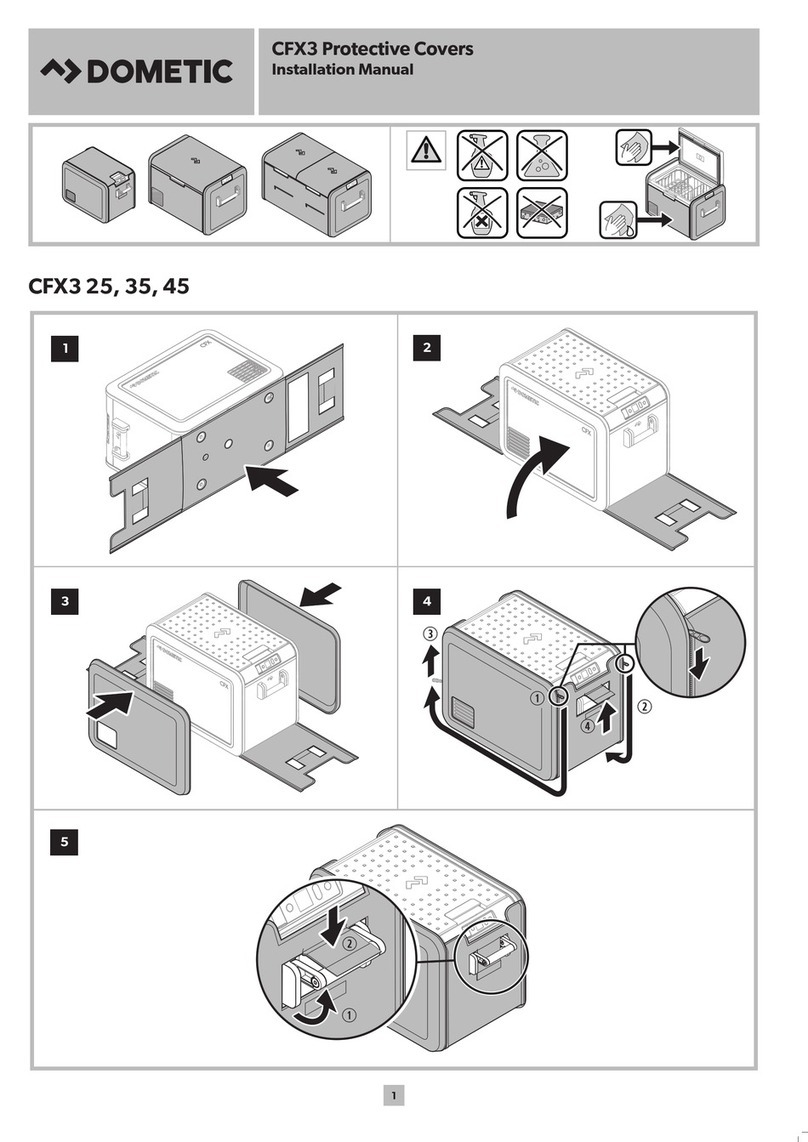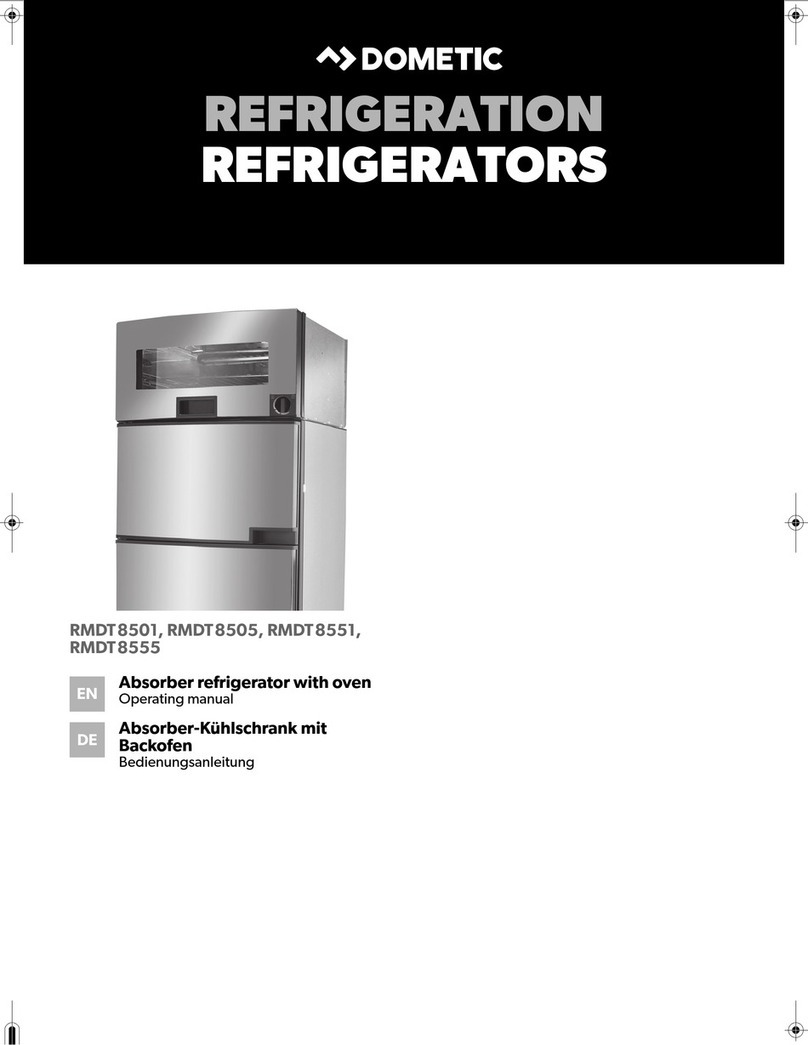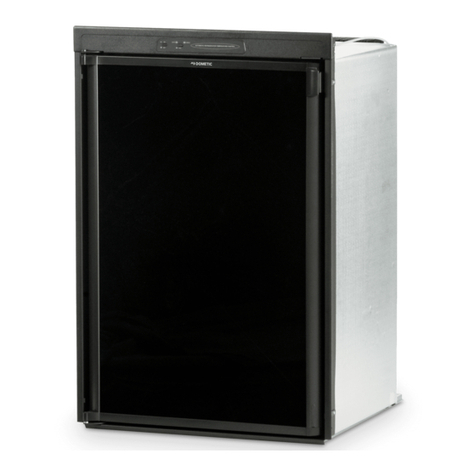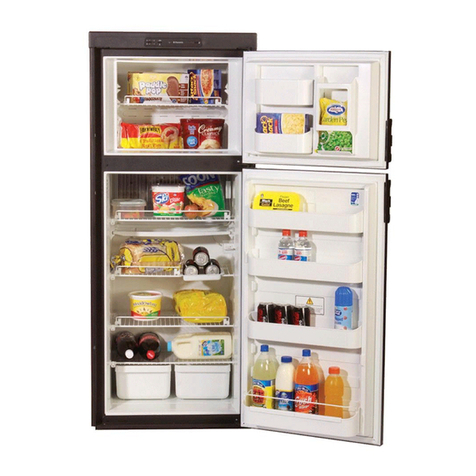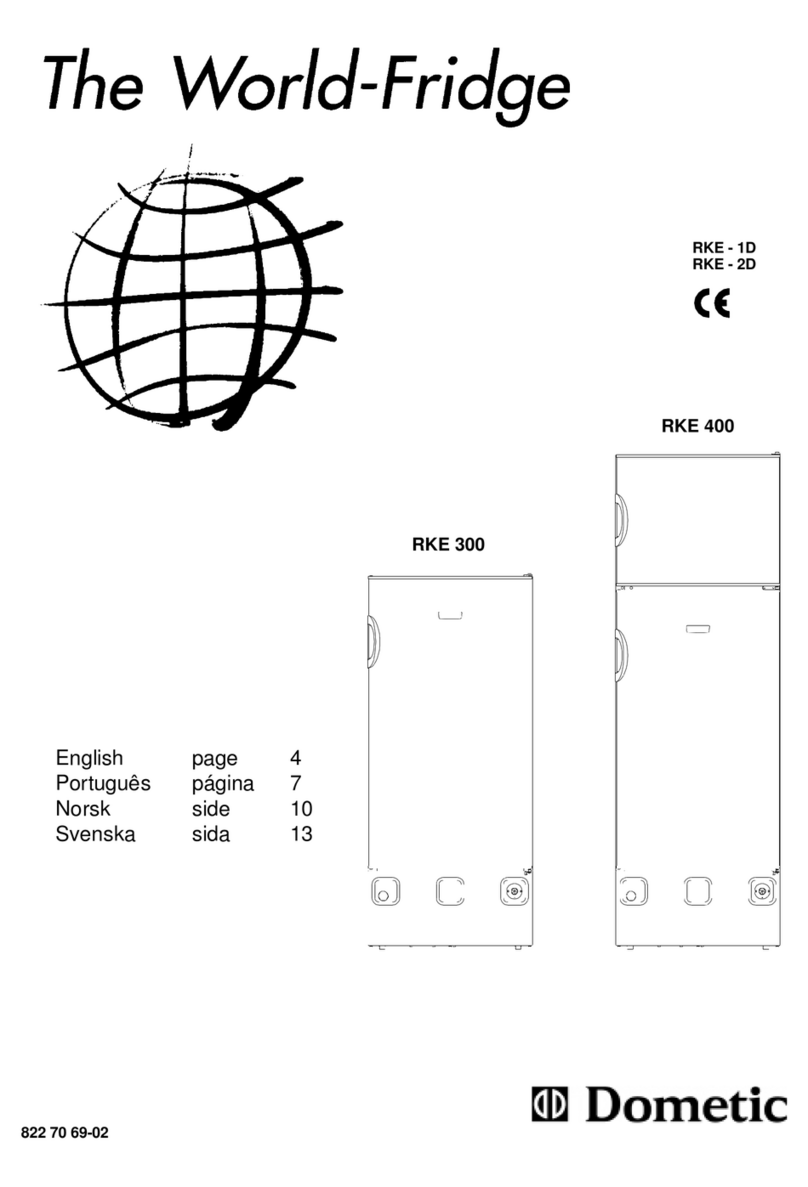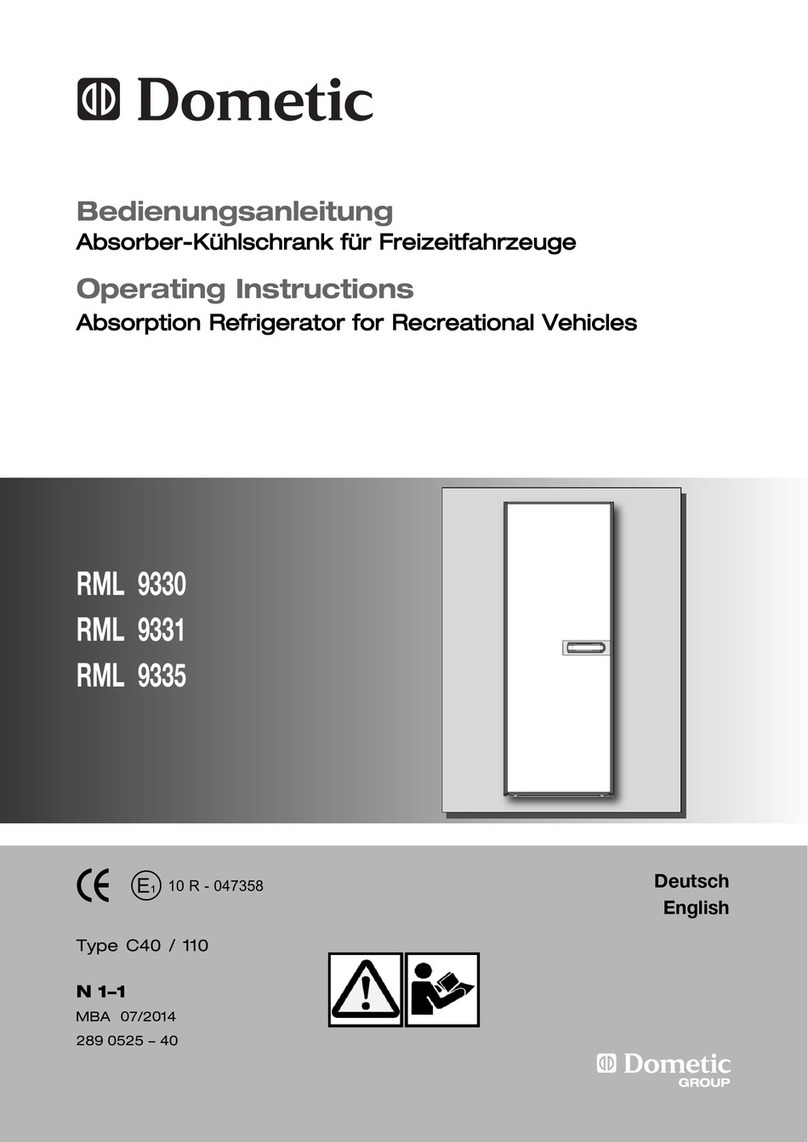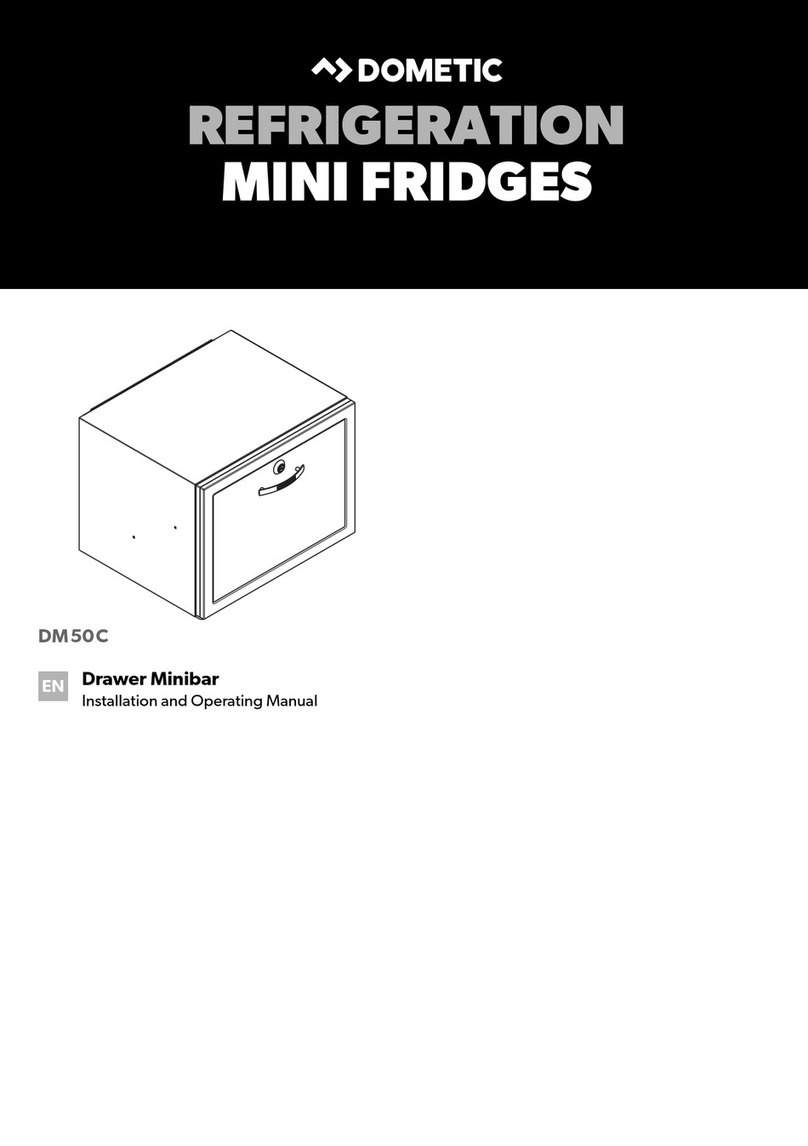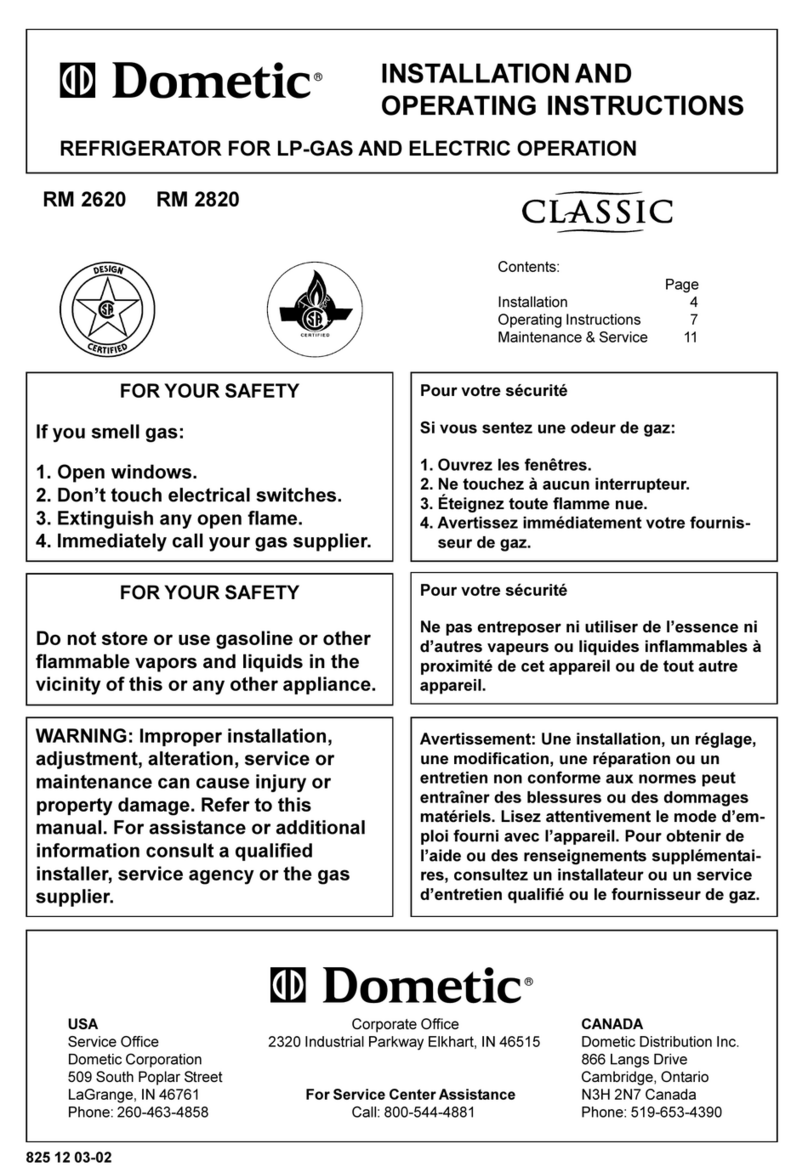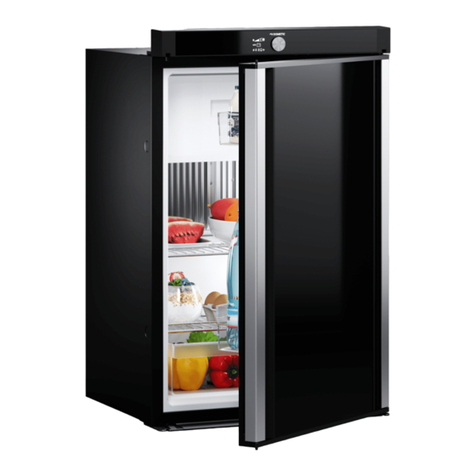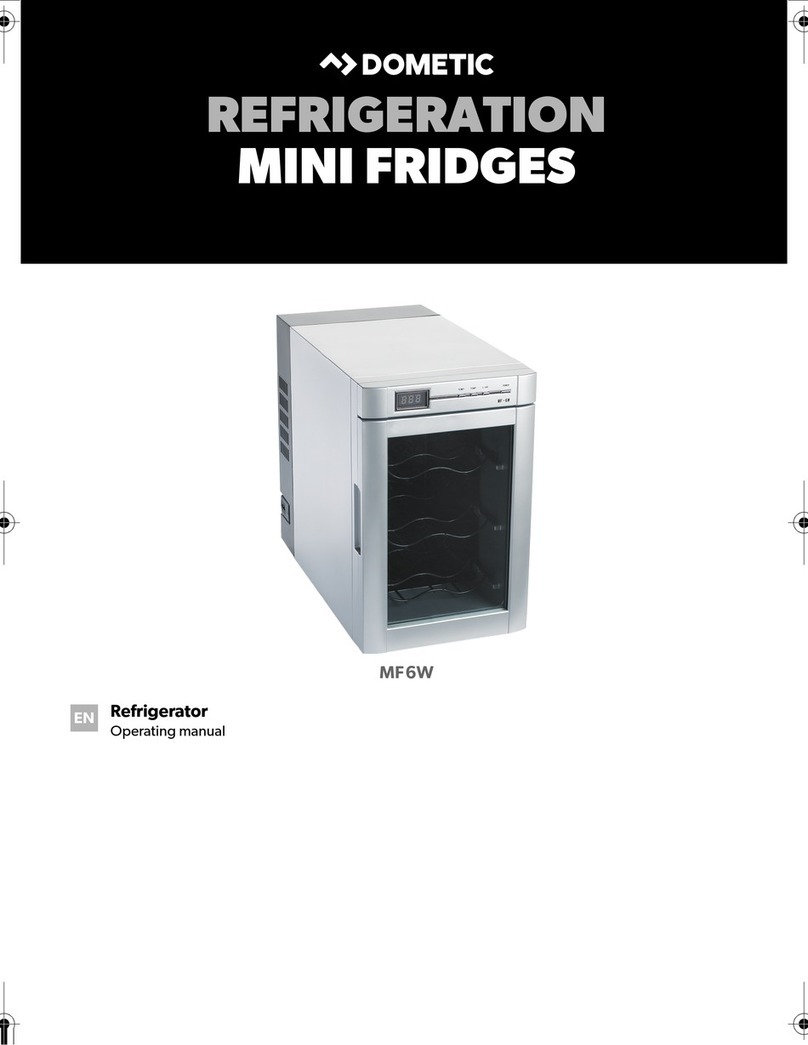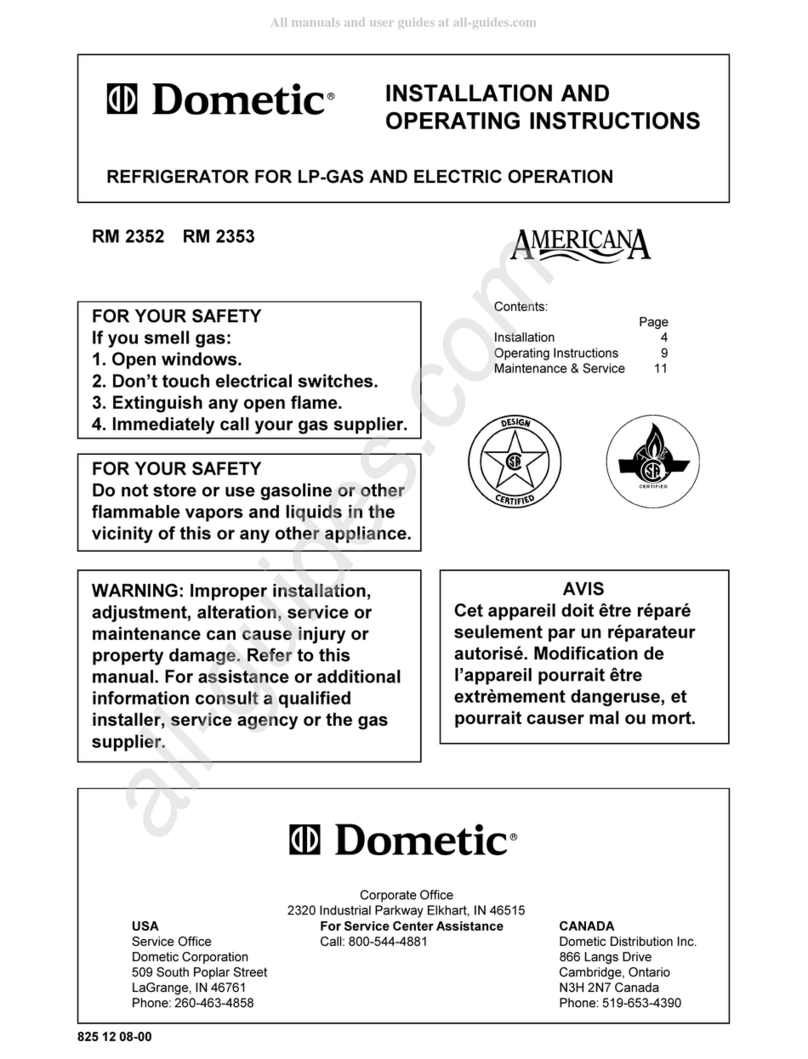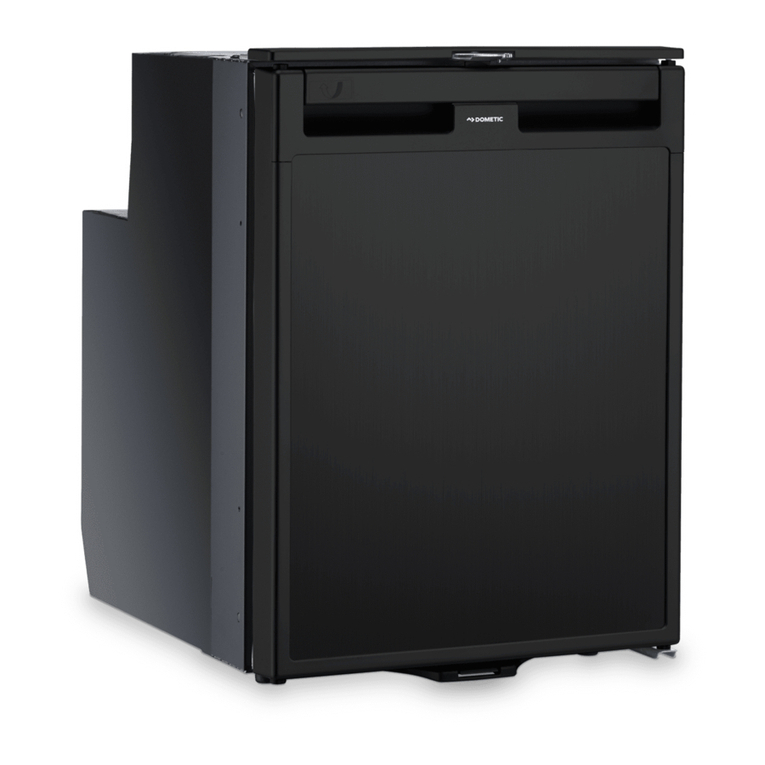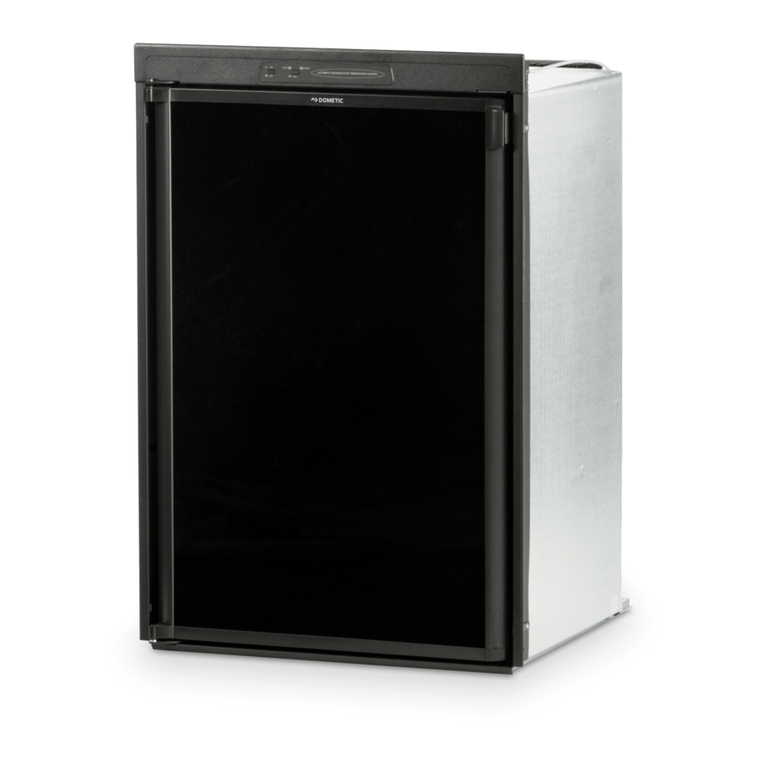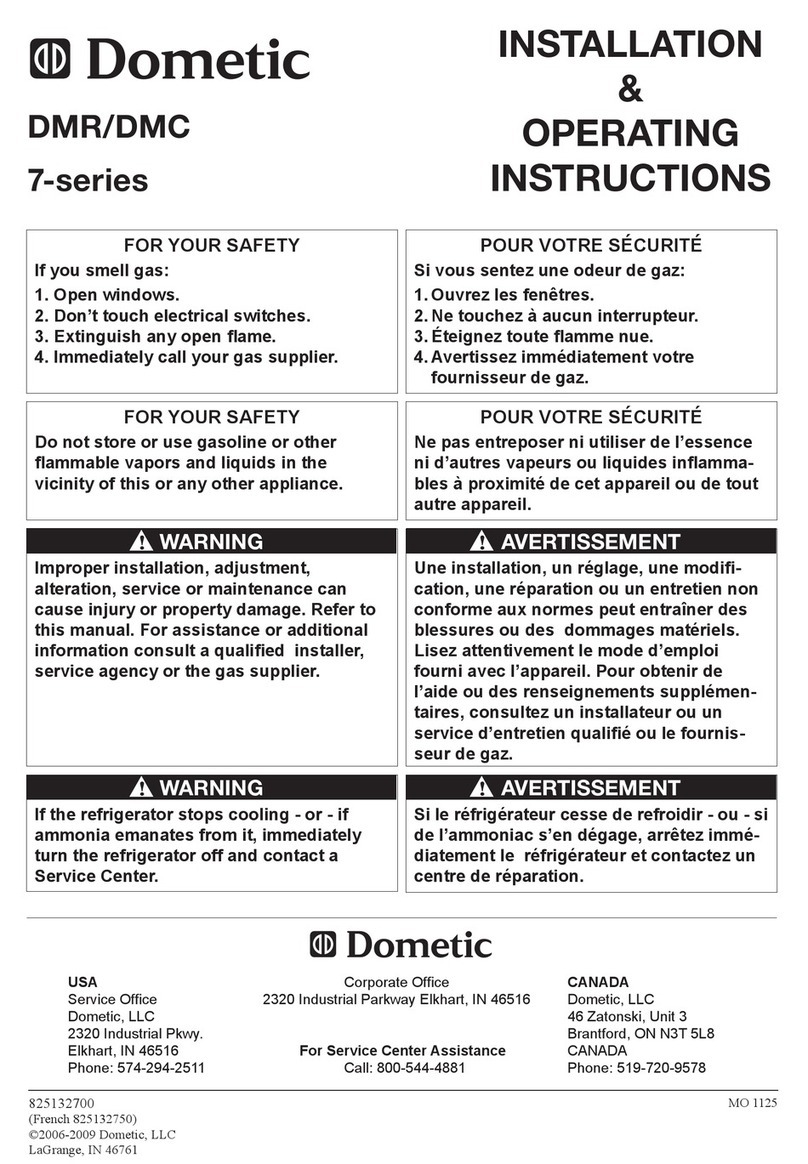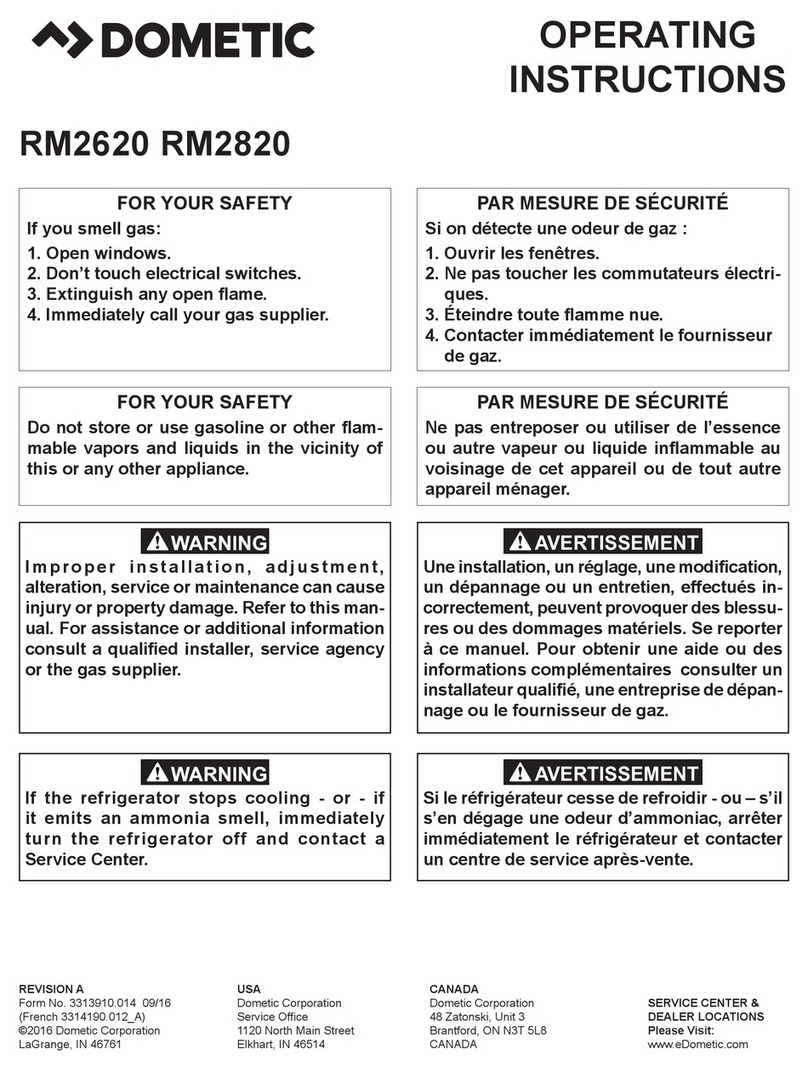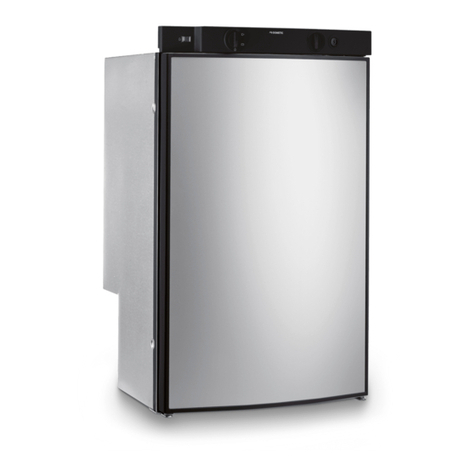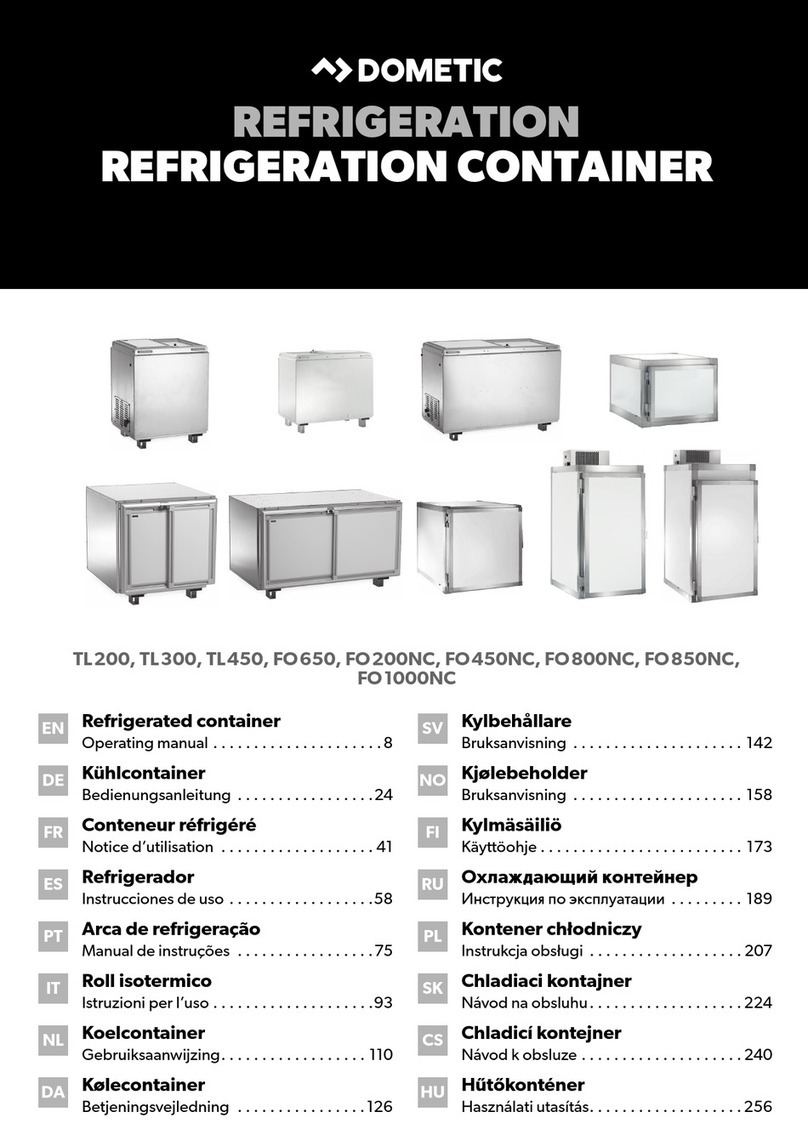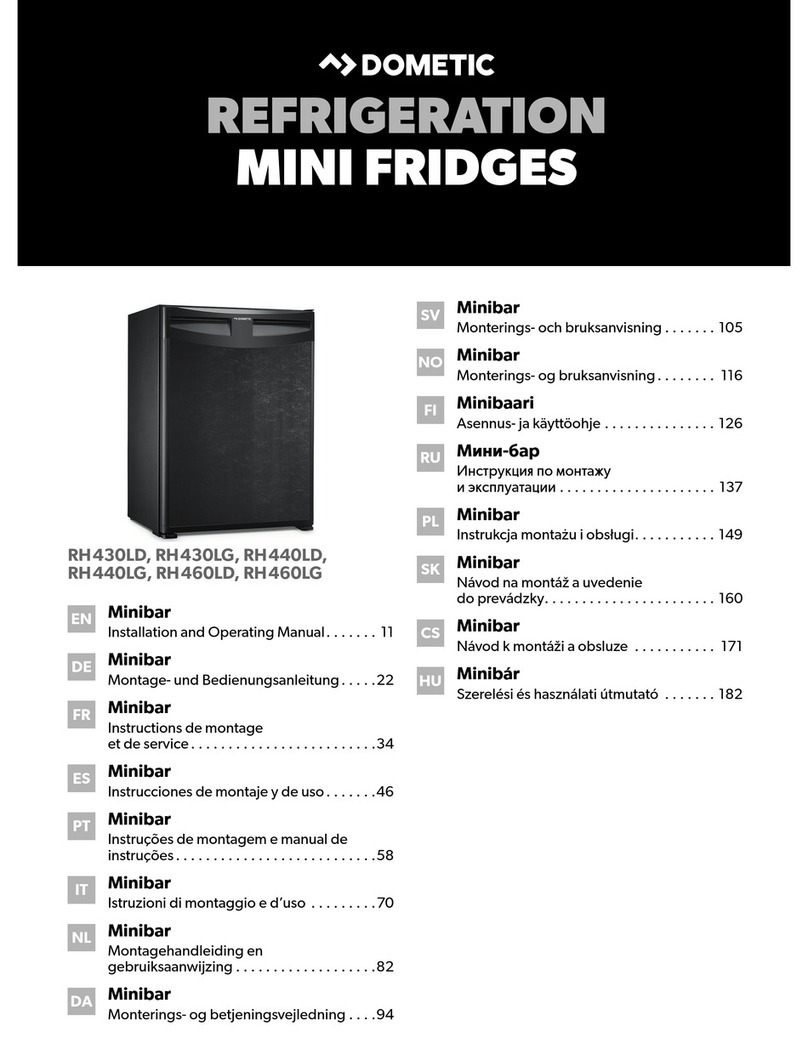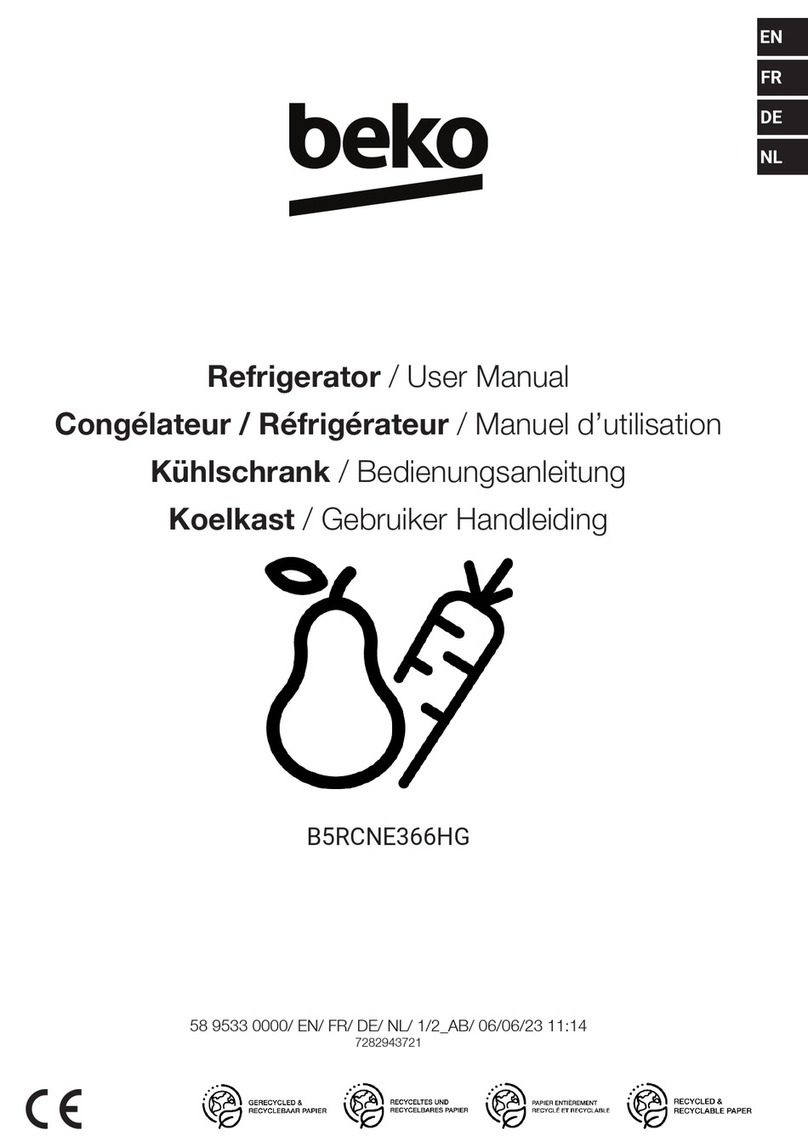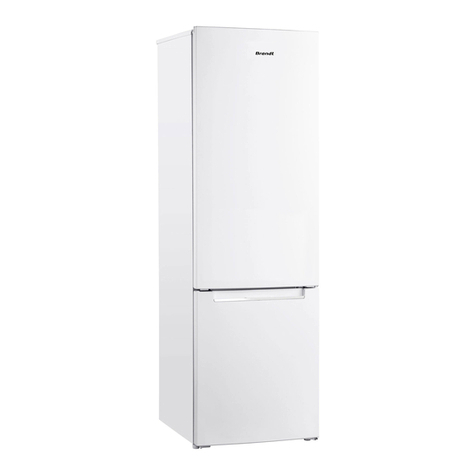
3
SECTION 10
ERROR CODES
10.1 Codes ..................................................................................................40
SECTION 11
DIAGNOSTIC MODE
11.1 Diagnostic Test ..................................................................................40
SECTION 12
ICE MAKER
12.1 Operation............................................................................................41
12.2 Mold Heater........................... .............................................................41
12.3 Ice Ejector...........................................................................................41
12.4 Mold Thermostat.................................................................................41
12.5 Shut Off Arm................... ....................................................................42
12.6 Mold Switches........................... .........................................................42
12.7 Timing Motor........................... ............................................................42
12.8 Water Valve ........................................................................................42
12.9 Ice Maker Replacement......................................................................43
12.10 Water Fill Adjustment..........................................................................43
12.11 Water Supply.......................................................................................43
12.12 Wiring Schematics .............................................................................43
PAGE NO.
CONTENTS
SECTION 7
LP GAS REQUIREMENTS.........................................................................30
SECTION 8
GAS COMPONENTS
8.1 Manual Gas Shutoff Valve......................... ............................................30
8.2 Orice ...................................................................................................31
8.3 Thermocouple........................................................................................31
8.4 Burner ...................................................................................................32
8.5 Flue Bafe .............................................................................................32
8.6 Flue Tube...............................................................................................32
SECTION 9
COOLING UNIT
9.1 Leveling......................... ........................................................................33
9.2 Ventilation ..............................................................................................33
9.3 Air Leaks................................................................................................37
9.4 Interior Liner Seal to Frame...................................................................37
9.5 Door Position.........................................................................................38
9.6 Ambient Temperature ............................................................................38
9.7 Cooling Unit...........................................................................................38
9.8 Food Storage.........................................................................................38
9.9 High Humidity ........................................................................................38
